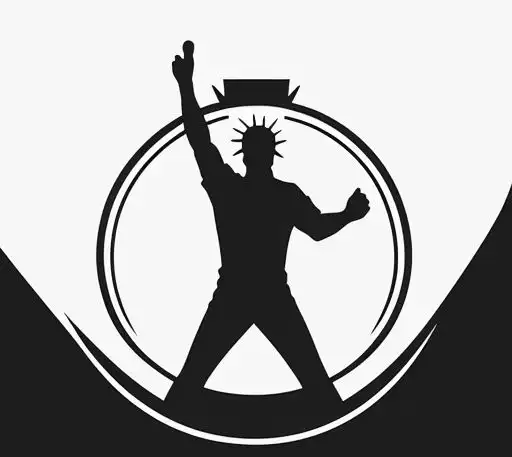What is Design?
Design is the discipline of creating a new solution to a problem. You can design anything, from a web site to a stadium, a sales pitch, a recipe, a logo, a social media campaign, or a component for a machine. If the solution did not already exist, you have done design.
Every problem has its own unique requirements. If there is no existing solution to the problem, you have to make one. That’s design. You look at what the thing needs to do, and use your imagination and experience to visualise something that does that.
You know a design is good when it achieves the result it is designed to deliver. The result you aim to achieve may be purely functional, measurable with hard data, or it may be an experience, which it’s less easy to measure.
What is Graphic Design?
Graphic design is the creation of new solutions to problems within the medium of visual communication, either in 2D or 3D, on paper or digitally. The output is usually something that can be reproduced in order to deliver its objective many times.
Graphic design output includes logos, web site user interfaces, tattoos, sketches for fashion or industrial design, typefaces, print, animated characters, advertisements, flyers, movie credits, newspaper headlines, and designs for textiles. This is just a small part of what can be designed graphically. What they have in common is output that will be consumed through visual media.
What is Web Design?
Web design is the creation of a new solution to a problem in the web medium. It includes graphic design, because the output will be consumed through a visual medium. But it goes further than the purely visual. It stretches to incorporate every aspect of a web experience.
For example, choosing the right text contents for a web page is part of web design. This text may be viewed on search engine results, which is part of the user experience. And the position in the rankings of that result is also part of the experience, so I would argue that search engine optimisation is part of web design also.
Designing a web experience may incorporate some or all of the following list of disciplines. Some come under graphic design, others are broader design.
Logo design
User interface design
Copywriting
On-site SEO
Link-building
Social media promotion
Information architecture
Navigation design
Design for accessibility
HTML mark-up
Design for ease-of-use (usability)
Selecting content imagery
Flash animation
JavaScript coding of UI elements
Conversion rate optimisation
Pay-per-click advertising
The bottom line is that all these skills and activities can impact the success of a web site and the experience of using that site. This shows the breadth of the web designer’s toolkit.
Anyone who only offers the graphic aspects is not a web designer. They’re a graphic designer who is doing graphic design for web pages. And there’s nothing wrong with that. But do not trust a person with only graphic skills to build your web site, and it will not be anywhere near as successful as it could be.
What Makes a Successful Web Site
For a web site to live up to its potential, it must attract the right audience, and in the right numbers. That means it must be optimised to be found for people searching for what the site offers, whether they find the site via organic (i.e. non-paid) search, through advertising, social media, or PR.
It must also be easy to use and compelling enough to engage and to keep people’s attention. It must be easy for most people to read, even if they have a visual impairment or are accessing the site over a slow Internet connection or on a handheld device.
In addition, the site should be easy for everyone to use, regardless of disability, and should work on a range of devices. Otherwise, it will only reach a fraction of its possible audience, so it cannot reach its potential.
A successful web site must also sell. Every site has a purpose, which should be to generate action by the visitor. A site that sells is one that generates that action, whether it is to buy, to sign up, or just to read.
How will you know how well your web site achieves its goals, unless you measure them? So tracking traffic, the flow through funnels, and conversions, is all a part of web design. The intelligence this process generates will often stimulate you to look for new or alternative solutions that do a better job. This is sometimes called conversion rate optimisation.
If a web site does not do all these things, how can you say it has been designed? Is the whole site the product of a creative process with the purpose of creating the best possible user experience? Perhaps part of it has been. If the graphics have been designed to fulfill a purpose, but the search engine marketing, accessibility, usability, and conversion optimisation have not, you do not have a web design, you have some graphic design on the web.
